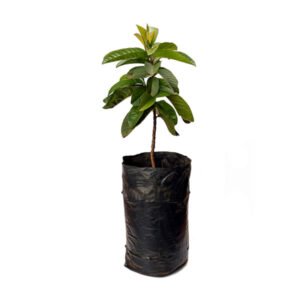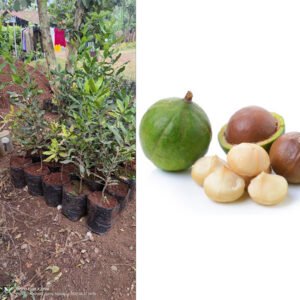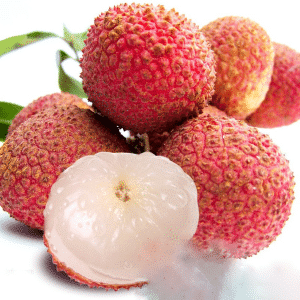Fuji apples were developed at the Tohoku Research Station in Japan in the 1930s and released commercially in 1962. It was named after Fujisaki, the town where it was created. Despite being created in Japan, this apple is actually a mix of two American varieties. Its excellent flavour and attractive appearance has made it one of the most popular apples varieties in the world. It is commonly grown in the US, Japan, and China.
Its crisp, very juicy, sweet flesh makes Fuji a very popular variety.
Fuji apples are typically round and range from large to very large, averaging 75 millimetres (3.0 in) in diameter. They contain from 9–11% sugars by weight and have a dense flesh that is sweeter and crisper than many other apple cultivars, making them popular with consumers around the world. Fuji apples also have a very long shelf life compared to other apples, even without refrigeration. With refrigeration, Fuji apples can remain fresh for up to a year.

Fuji apples are a powerhouse of nutrition. They are rich in Vitamin C and dietary fiber, making them a fantastic choice for boosting your immune system and aiding digestion. With only about 80 calories per medium apple, they offer a guilt-free snack option.
Propagation
Apple trees grow best in the tropics and at higher latitudes. They require a mild growing season and a cold winter to break their dormancy. In these latitudes, the tree will flower in spring and the fruit will ripen in the fall. In the tropics, the leaves will remain on the tree longer, making it essentially evergreen, and flowering and fruiting will happen sporadically throughout the year unless the tree manages to enforce a uniform cycle across the entire tree by bending shoots to create a wide tree.
Apple trees require fertile, well-drained soil. Apples require a lot of moisture during the flowering and fruiting stage. Therefore, if you are growing apples in hotter regions, you will need to irrigate your trees. However, keep in mind that excess water around the root zone will encourage disease outbreaks and result in low crop yield. The best method of irrigating apples is through drip irrigation.
General Care and Maintenance
In the tropics, apple trees require careful management to make heavy crop loads sustainable. This includes bending shoots, pruning the tips, and defoliating the trees. Flowers are also removed to promote growth until the first fruit production, generally after 2 years.







There are no reviews yet.